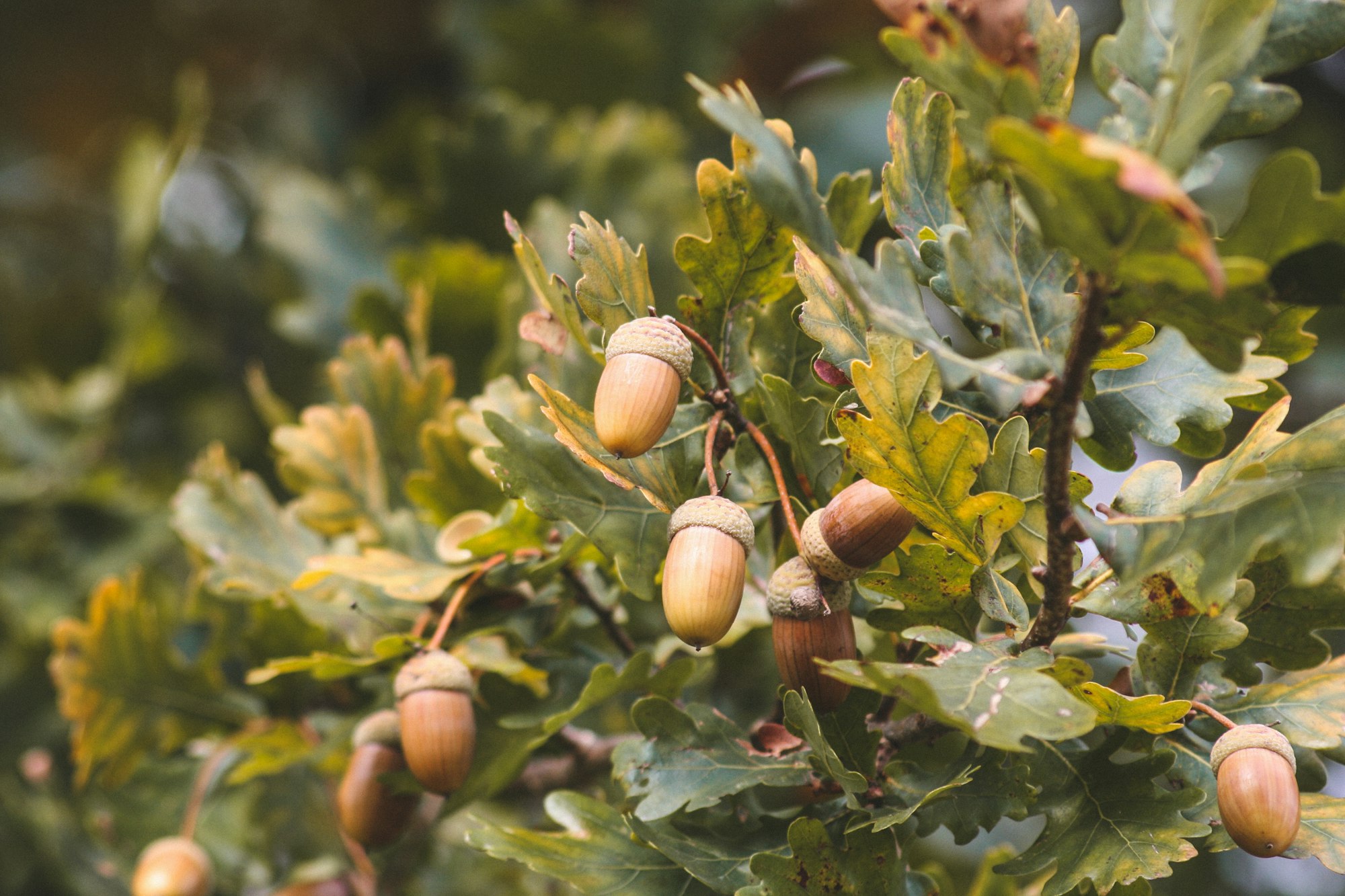Mythology Monday: Sacred Plants of the Greek Gods

The Greek gods each had plants that were sacred to them. Most famous today are Apollo's laurels and Dionysos' vines, but Zeus had the oak, Athena the olive tree, Demeter wheat, Aphrodite the rose, Hera the pomegranate (yes, Hera), and Poseidon the pine tree.

Apollo dismissed Eros' skills with the bow. In revenge, Eros shot a flaming arrow at Apollo, ignting love for the nymph Daphne, but the arrow he shot at Daphne made her recoil from Apollo. She fled from his advances and turned into the first laurel tree to escape him.
Apollo henceforth wore a wreath of laurel in memory of her (Daphne means laurel). At the Pythian Games held in his honour in Delphi, the winner was crowned with a laurel wreath. Art and dance competitions were part of the games as well as athletic contests.

Apollo and his twin sister Artemis shared the cypress tree as their sacred plant as this tree was supposedly growing on the island where they were born. Their mother Leto found refuge underneath a plam tree, thus the palm tree is sacred to all three.

To Apollo's brother Dionysos, the God of Wine, grapevine is sacred for obvious reasons. He often wears a wreath of vine and ivy. Ivy was said to grow abundantly over the mythical Mount Nysa, his childhood home. But it first appeared to protect the unborn god.
When Zeus came to his lover Semele in fire and lightning, she was consumed by his flames. But ivy grew thick around the child in her womb, protecting baby Dionysos from his father's divine form.
Ivy was also said to bring on a wineless drunkenness and joyousness.
(The image above is an illustration of Nato Due Volte (Twice Born), a beautiful retelling of the myth in Italian:

The illustration was created by Fedini and shows Hermes holding baby Dionysos, wrapped in ivy.

Speaking of Zeus, his sacred plant is the evergreen holm oak. At the ancient Oracle of Dodona, his priests divinated the future from the rustling of the oak leaves in his sacred grove. Zeus sometimes wears a wreath of olive and sometimes a wreath of oak leaves.
He shares the olive tree as a sacred plant with his favourite daughter Athena. Athena planted the first olive tree on the akropolis when she competed with Poseidon for the patronage of the city of Athens. Today, an olive tree stands there in memory of the event.

Poseidon, who lost the contest, is crowned with pine and victors at his Isthmian Games were also honoured with wreaths of pine from his sacred grove. The games were instituted by Theseus to appease the ghost of Sinis, whom he killed, and his father Poseidon.
Poseidon's sister Demeter bestowed the art of agriculture upon mankind and thus wheat was regarded as her most sacred plant. She is often shown wearing a wheat crown and bearing sheafs of wheat. And poppies, commonly found amongst the grain of wheat-fields.
Hestia, who was courted by Apollon and Poseidon, refused them both and asked Zeus to let her remain an eternal virgin. He agreed and she took her place at his royal hearth. Thus her sacred plant is the chaste-tree, believed to calm sexual appetites.
To their sister Hera, the pomegranate is sacred. The fruit is her attribute as goddess of marriage and the bloody red seeds represent female fertility. Today, it's more often associated with Persephone who ate of its seeds while in Hades, forcing her to return.
Despite this, the pomegranate is actually not sacred to Persephone, who shares wheat with her mother Demeter. But asphodels are also sacred to the Queen of the Underworld and all the underworld deities where the shades of the dead wander the fields of asphodel.
Her husband Hades also holds the mint and white poplar sacred, on top of the asphodel flower. Both, mint and white poplar used to be nymphs dear to Hades. Minthe was transformed into a mint plant and trampled to death by either Persephone or Demeter.
Persephone also quarrelled with Aphrodite over beautiful Adonis. The boy chose the goddess of love over the underworld queen. When he was killed by a boar (either a jealous Ares or Apollon) she turned his blood into roses and held the plant forever dear to her.

Last but not least comes Hermes. There are two plants sacred to him: the strawberry tree under which he is said to have been born and the crocus flower, named for Krokos, a male lover of Hermes. He accidentally killed the boy in a game of discus, similar to the story of Apollon and Hyakinthos.
When the god accidentally killed his young lover, he was overcome by grief and transformed his body into the scarlet crocus flower. In other versions it's the saffron crocus and the red stems of the flower are described as his spilt blood.
I didn't find any sacred plants for Ares and Hephaistos. Looks like they don't care much for flowers or trees - after all, they are as useless in a forge as they are on a battlefield. I hope you enjoyed this overly long thread. I learned new things, at least 😊
Addendum: it seems Hephaistos does have a sacred plant after all: The slow-burning stalk of the fennel was used in ancient times as a torch and a means to transport fire from one place to another. It became associated with Hephaistos for that reason.
If you enjoyed this article, toss a coin to your writer or sign up to the free newsletter for more articles like this.



